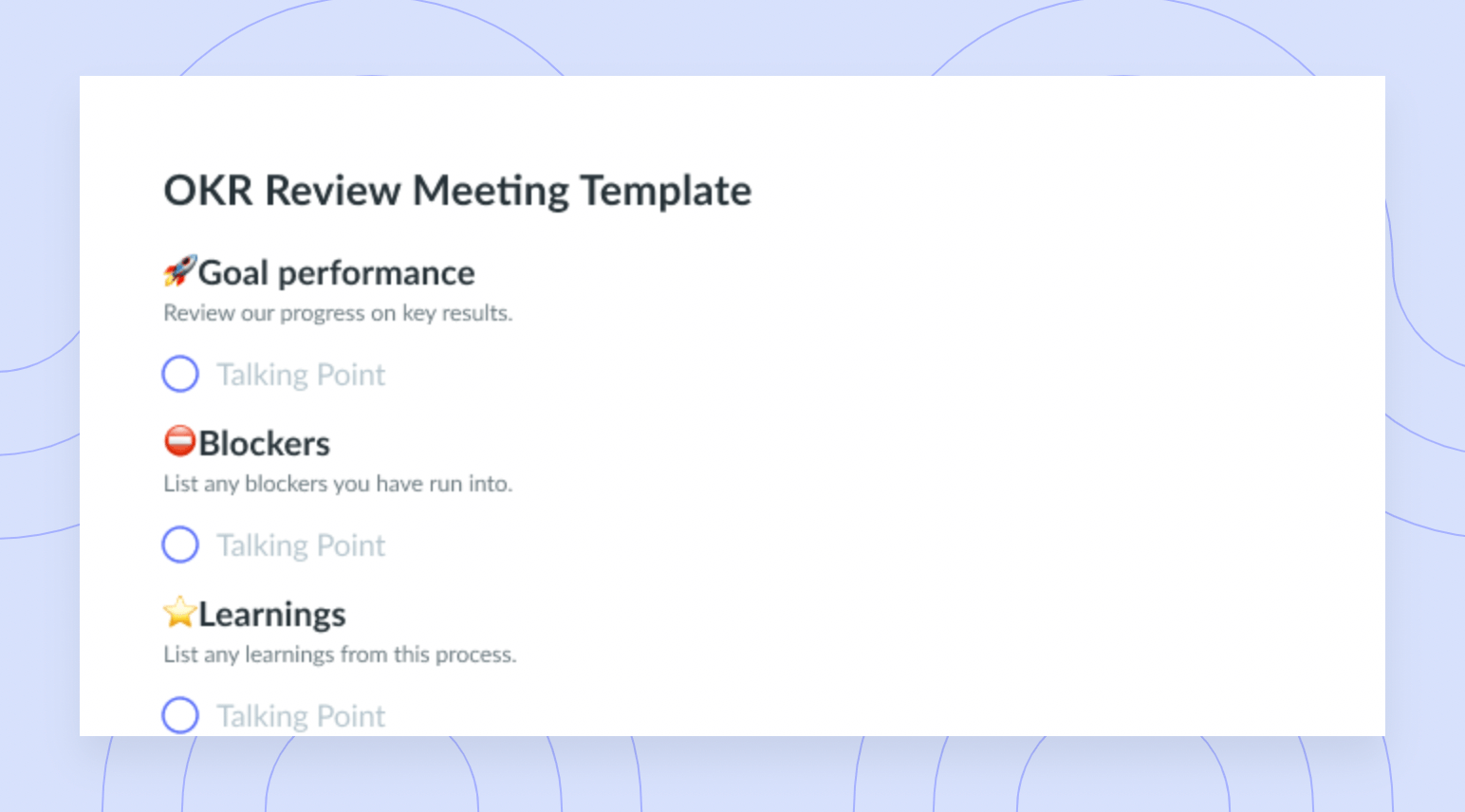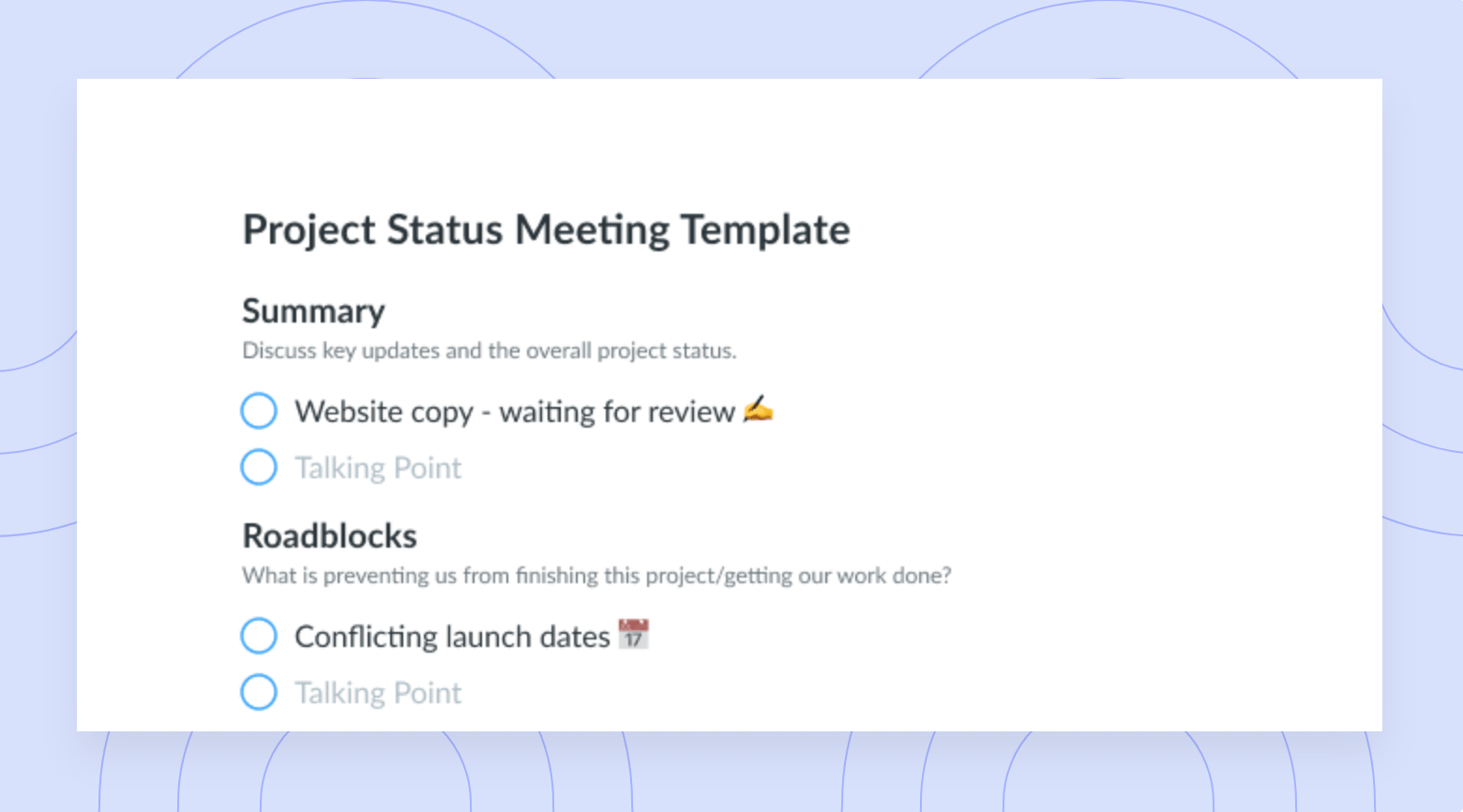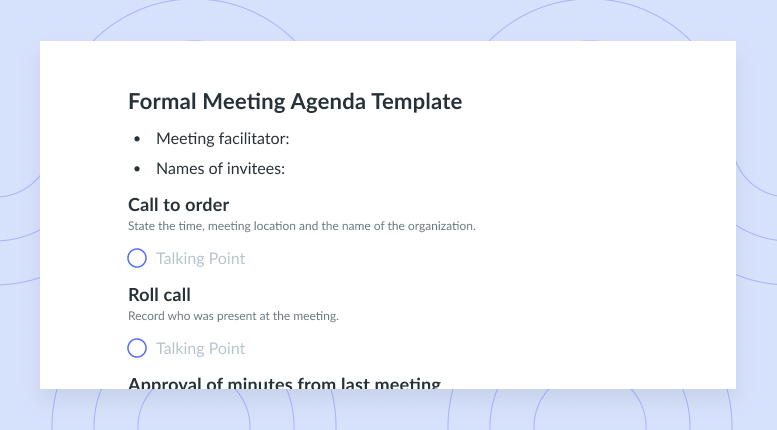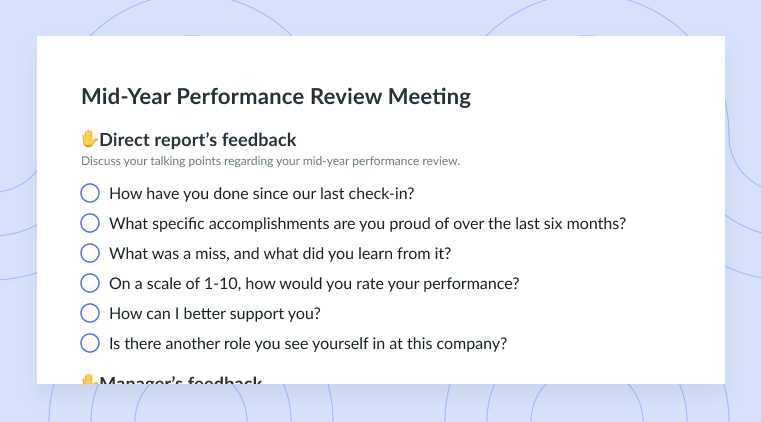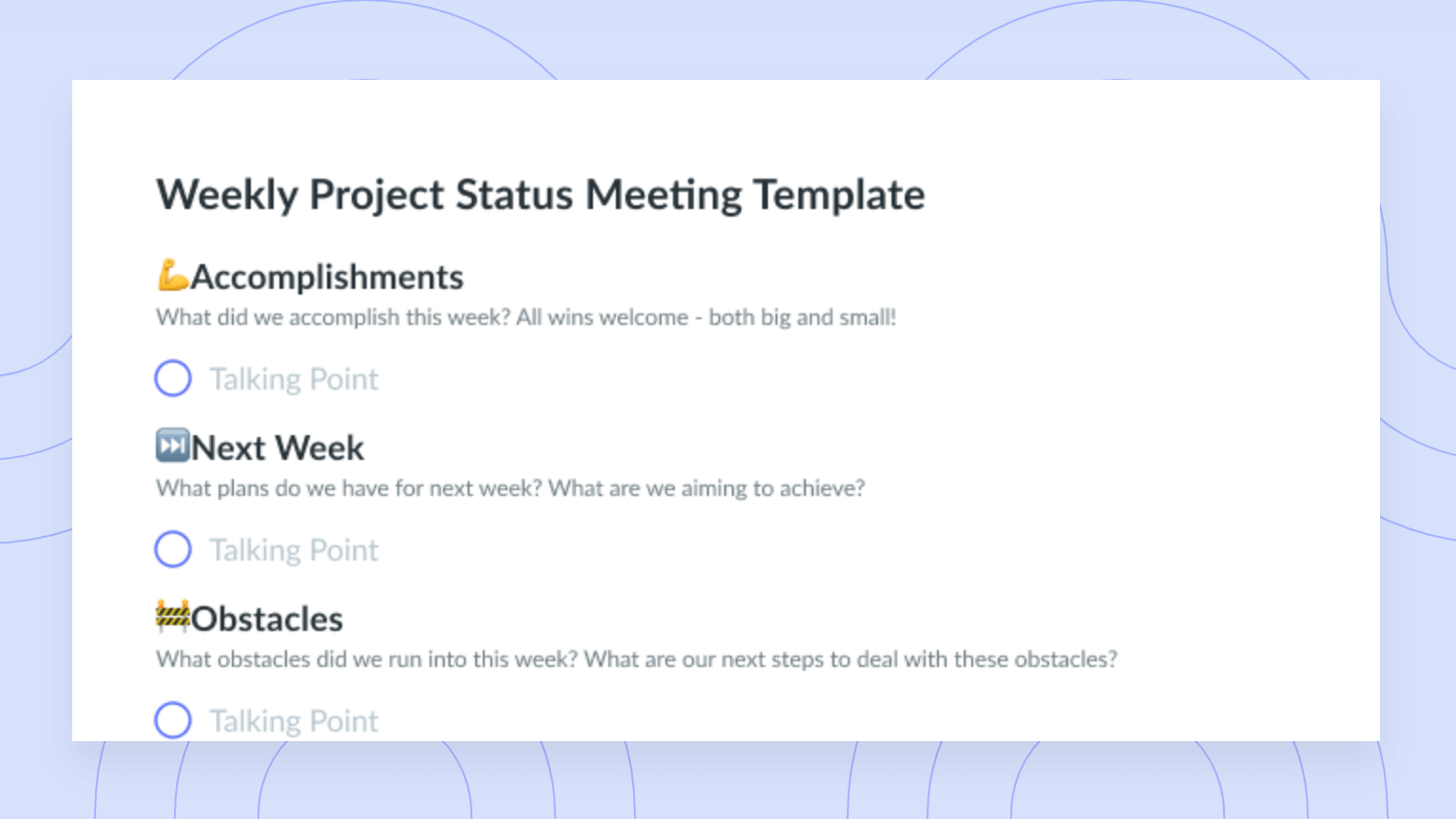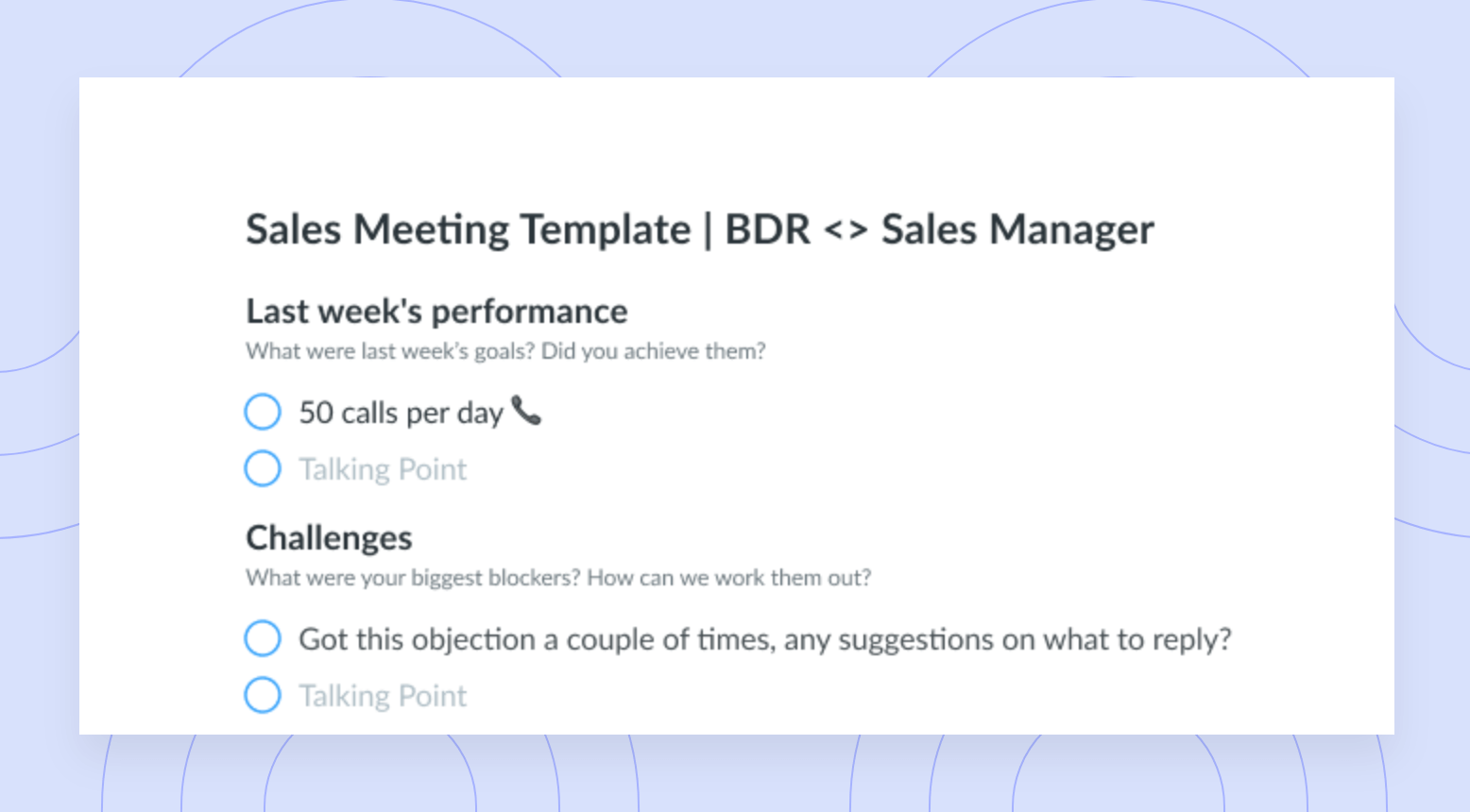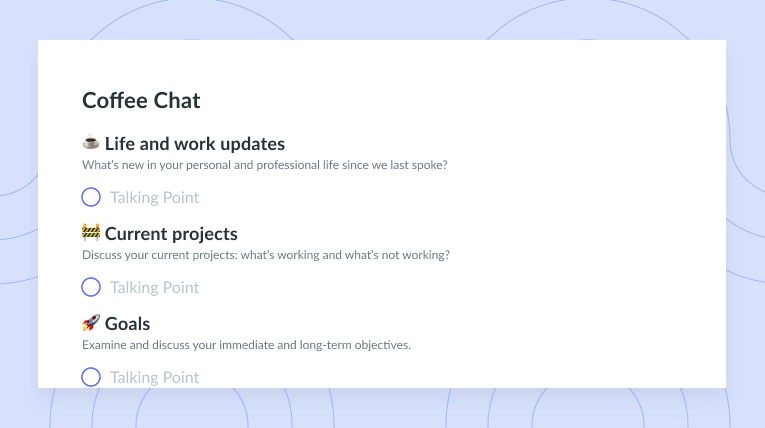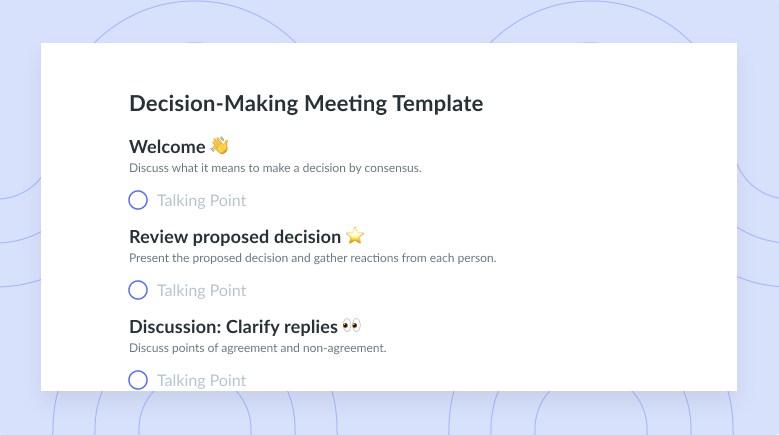Smruti Patel: Leading With Autonomy and How it Empowers Your Team To Do Their Best Work
How to lead autonomously while driving impact with influence according to Smruti Patel.
Smruti Patel is the Head of Engineering, Leap and Data Platform at Stripe, where she works with excellent people to solve ambiguous problems while embracing autonomy.
Listen to this episode (or read the transcript below) to hear Smruti’s insights on how to achieve a culture of constant evolution while thinking in systems and operating autonomously.
1 Has there been a manager that you remember favorably in your career?
One consistent thing that I’ve appreciated amongst my managers that I’ve had for the past two decades is the amount of autonomy and independence I’ve been given. I’m extremely grateful to each and every manager that gave me space to explore and grow on my own terms but my all time favorite manager is someone who taught me the value of defining my role or job description.
My favorite manager is someone who said “Smruti, define your job description. You are wired for results and you will get them no matter where you go or what you do.” And that struck a chord with me, because I’ve always worked hard and continue to do so. I often tend to focus on what could be better, or how I could improve but then sometimes I forget to take a step back and realize that I’m the one that has privilege and choice, and consequently it’s my responsibility to pay it forward. You have to lead by example, and create the reality that you want to live in, whether it be for yourself or those underprivileged around you.
2 What does defining your own job description look like?
You have to start out by evaluating where you are in your career and in your life and if you have the privilege to explore even further, ask yourself what brings you joy and determine what you’re trying to optimize or work towards. For me, I currently want to work with excellent people to solve ambiguous problems with a great deal of autonomy and I love doing it with Stripe because it provides me with a sense of community and I get to give back to the world.
3 Do you lead with autonomy?
When I think about autonomy, the first thing that comes to mind is the sense of intrinsic motivation, which is what makes each of us tick. The theory of intrinsic motivation basically talks about three things, which is convenience, purpose, and autonomy and the question I’ve been thinking a lot about is what does fostering autonomy look like? And what does it look like as your organization scales? What does it look like in a team of six? What does it look like in an organization of 60? And what does it look like in a company of 600? As you scale, and you want to drive autonomy, it starts out with trust. You have to figure out how to build trust with your immediate team and then determine how you can branch out from there and begin to plan for sustainability and scalability.
When I think about fostering autonomy, it comes down to building trust and building feedback loops, whether it’s through feedback by mentoring by coaching or by sponsoring. Once you delegate scope, responsibility, authority, you can start on nurturing an environment where you’ve set others up for success.
4 Do you have any advice for building trust within teams?
The best thing that I have found the most effective is listening. Be open, be curious, understand what constraints the teams working with and understand what they’re optimizing for. Build that sense and mental model by asking a lot of questions.It’s very important to first build the context and hear folks out.
5 What questions can you ask during a one-on-one to get to the root of a problem?
A lot of the one-on-one questions from Fellow have been super useful. And one which I regularly get interesting questions or interesting responses around is what are you optimizing for and I think this is especially very relevant for the senior engineers, staff engineers or senior leaders.
6 What do you take into consideration when promoting someone from an individual contributor to a manager?
So this comes down to some of the mistakes that I have made in the past. I think some of the mistakes that I made when I transitioned from an individual contributor to a manager was this misplaced sense of having more power or authority over the product strategy. That was the main reason why I decided to switch from an individual contributor to a manager. I enjoyed seeing people grow through the feedback that I provide them with during our conversations.
When I talk to folks who are thinking about moving from being an individual contributor to a manager, the only thing I ask people is how much they enjoy working through others and how do you feel about your impact and influence not being tied to the code you’re writing or the design you’re building up. When you realize that the asset of your work that gives you joy is building people up and providing feedback and seeing a project come to fruition through other people, it means you’re ready to transition to management.
7 Do you have any tips, tricks, resources, or words of wisdom for managers or leaders that are looking to get better at their craft?
At the heart of all of it, it’s all about people. There is a really good article about managing up, down and across, and I highly recommend reading it. Being able to build relationships and foster trust and provide ongoing feedback is also extremely important. Whether it be your peers, or your leaders, you have to do it frequently and with kindness.
For new managers, I want to reiterate that management is not a promotion, it’s a role shift so make sure to avoid the new manager’s death spiral. For seasoned leaders that are navigating organizations and drive impact with influence, I would recommend thinking in systems and always having a growth mindset. For everyone; be self-aware, adapt, and evolve.









